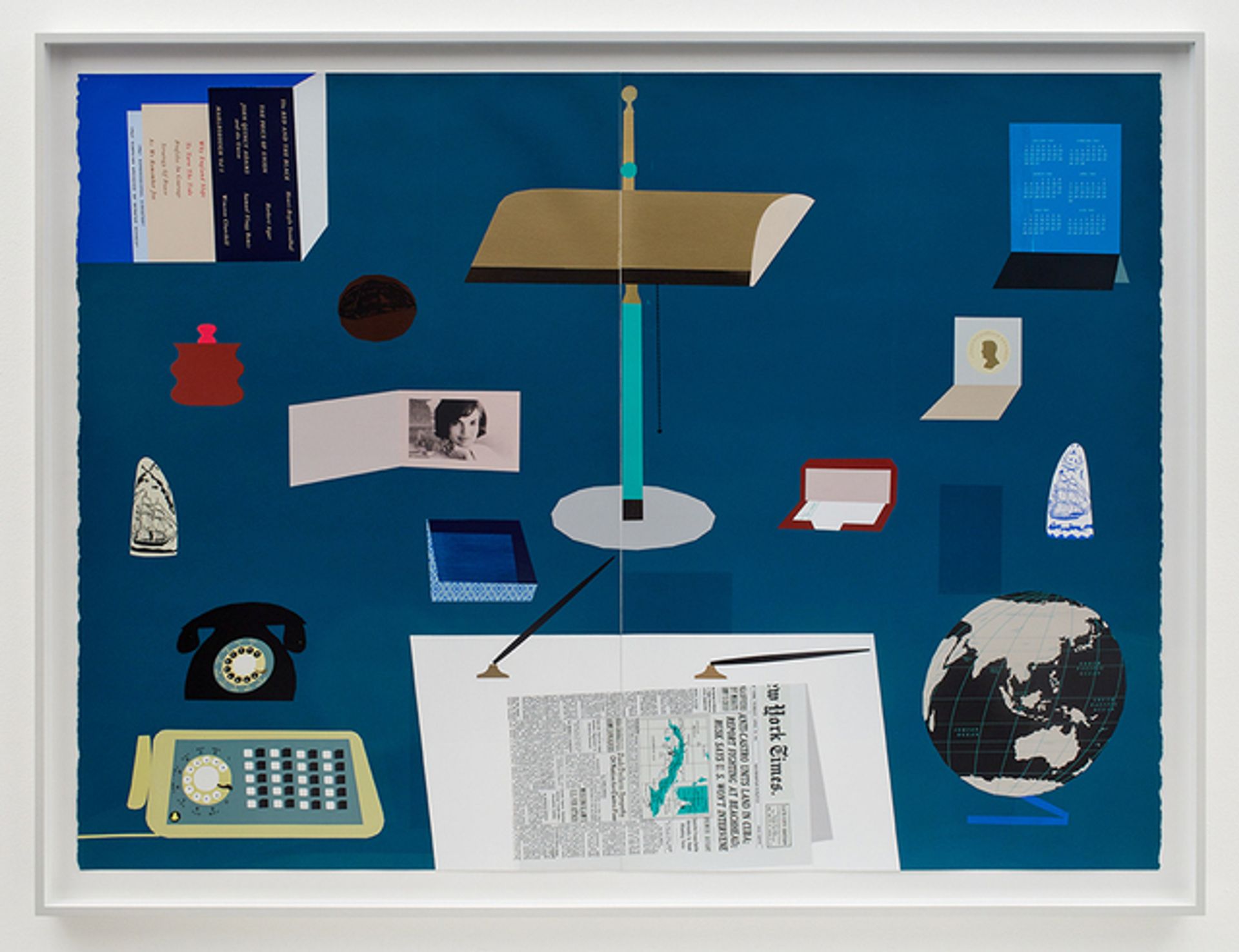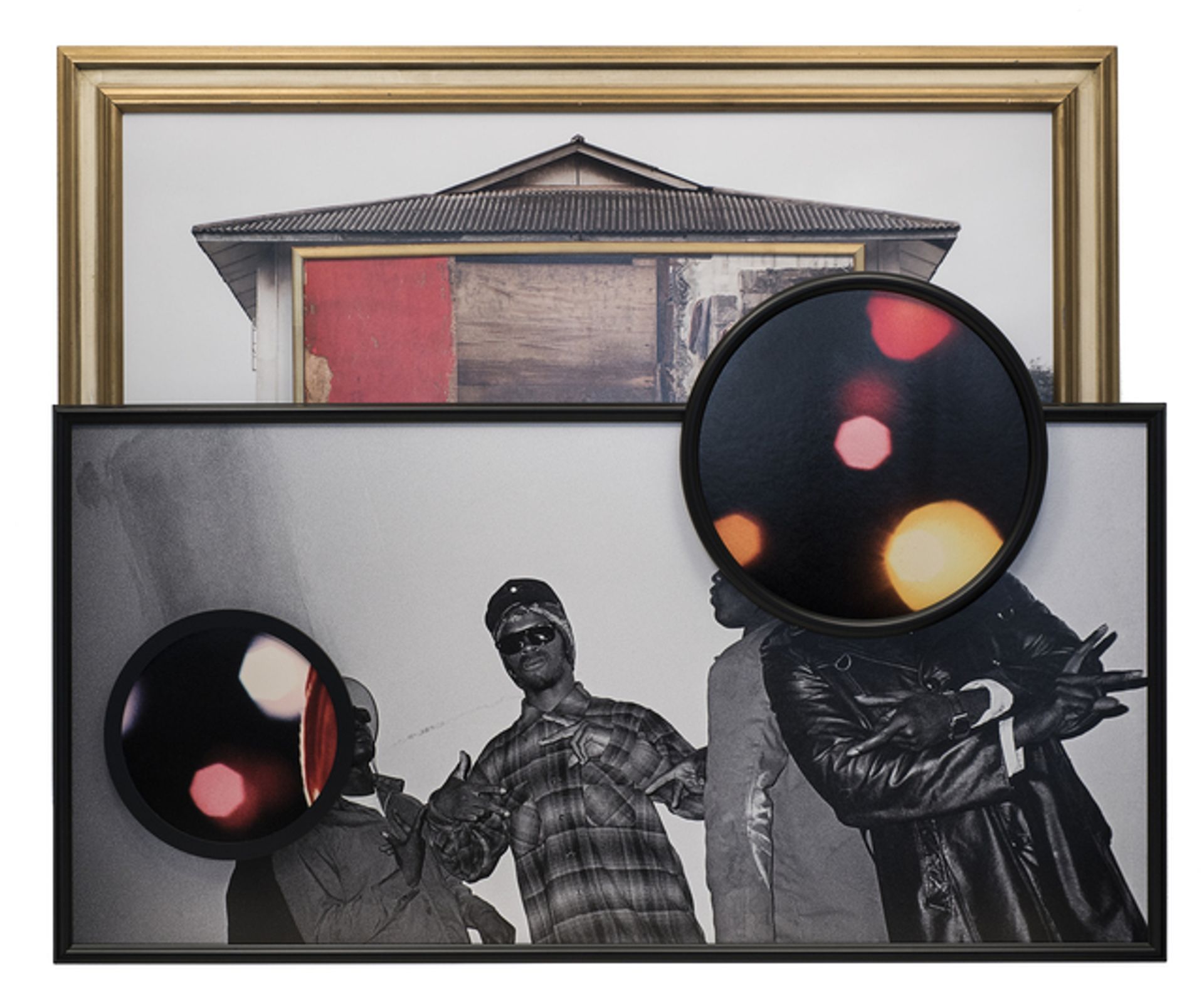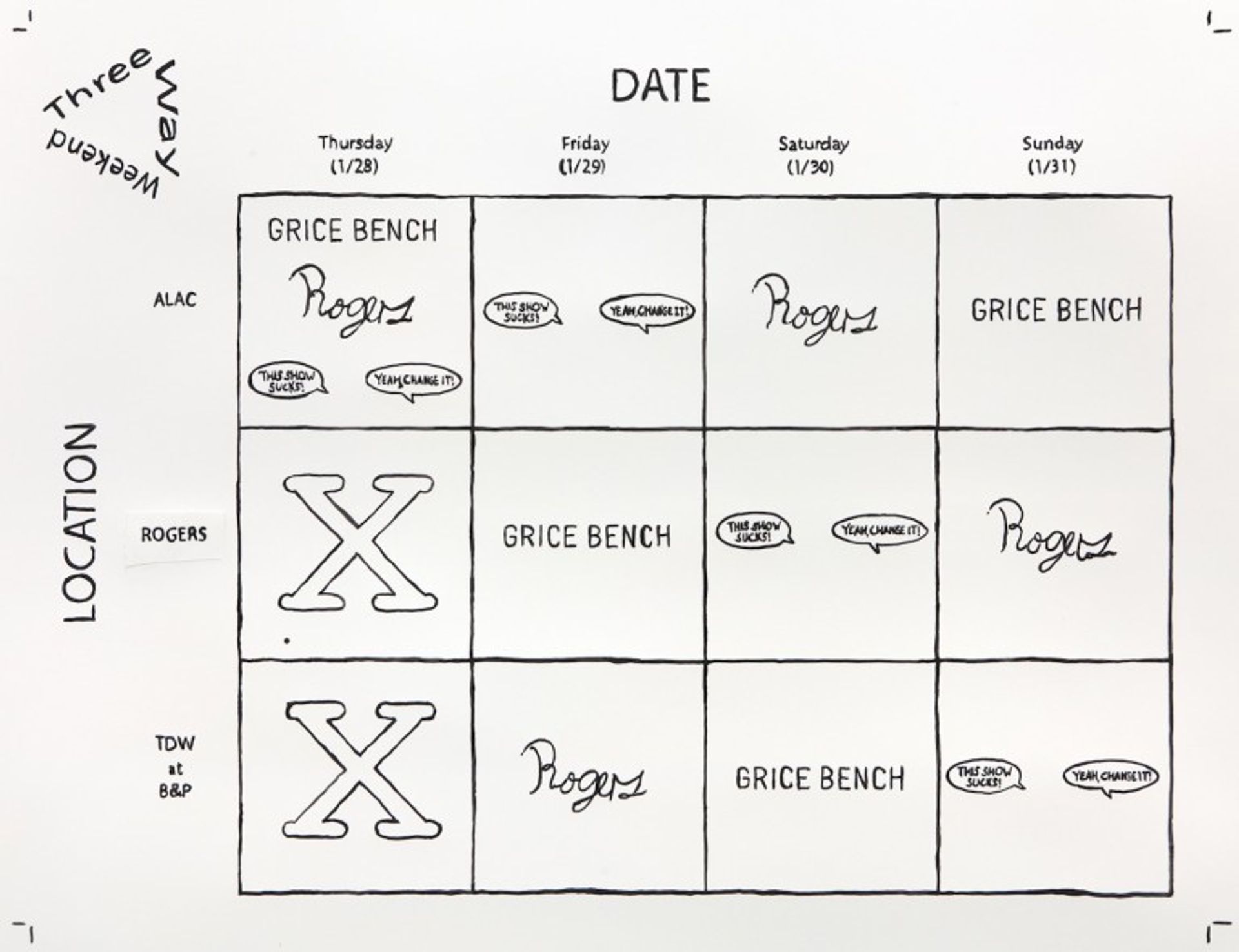When Art Los Angeles Contemporary began seven years ago, the hope was that it would become a destination art fair, drawing collectors from both coasts. Judging from the scarcity of out-of-town guests at its Thursday VIP opening, that dream is just about gone.
But the event that survives has its own charms: a small, manageable (no maps needed) affair that compensates for the city’s sprawl by bringing together some of LA’s best galleries along with some European and New York imports under one roof at the Santa Monica Airport for the convenience of local curators and collectors.
Some of the biggest galleries, namely Blum & Poe, Regen Projects and Gagosian, did not participate, but critical favourites like Susanne Vielmetter and David Kordansky did. In all, 23 of the 61 galleries in the main space came from Los Angeles, as did 4 of the 12 galleries in the Freeways section, devoted to new galleries.

At Kordansky, a new series by Matthew Brannon featuring images of the desktops of presidents—the three he associates with the Vietnam War: Eisenhower, Kennedy and Johnson—drew crowds, due to their powerful graphic appeal and the fun of deciphering the personal and political mementos that decorate each desk. These large works, silkscreens with painting on paper, run up to $38,000.
A veteran gallery that tends to avoid the art fair circuit, the Los Angeles-based ACME, had a booth devoted to the ultra-vivid, minutely detailed landscape paintings of Aaron Morse, who uses hot pinks and tangerines to give his skies or mountains a toxic tinge. While the fair has its share of inkjet prints à la Wade Guyton, these canvases, priced at $10,000 to $20,000, encourage us to think a bit farther back, to Gauguin or Rousseau.
A newer space, Meliksetian Briggs, had photo-assemblages by the artist Todd Gray, one of the artists in the Hammer Museum’s forthcoming biennial Made in LA. While making his name early on in commercial music photography—“he was Michael Jackson’s personal photographer,” said the gallery’s co-owner Michael Briggs—Gray has been showing his own work more seriously over the past couple decades.

And he has found ways to combine his documentary photography (some from Ghana) with his older celebrity shots (many of the King of Pop himself). The gimmick: Gray layers these photos not within a single frame, but places frames on top of, and also inside of, other frames. And he uses round picture frames much like John Baldessari uses round stickers, to block out a subject’s face and punch holes in the emerging narrative. The assemblages run $7,500 to $19,500, with two sold opening night.
One of the few booths focusing on sculpture, Kayne Griffin Corcoran introduced new work by the local artist Rosha Yaghmai. She has scavenged rusted water pipes from a local home and embedded lenses from eyeglasses in the corroded metal—a weirdly humanising gesture. A small curtain nearby made just of lenses and wire, as seductive as a Jim Hodges flower curtain, sold out in its edition of three at $5,500.
Another booth in the show upends the very idea of a booth in a show, sending its art—and visitors too—beyond the airport fair location. A collaboration between the artists Jon Pylypchuk, Brian Sharp and Dave Muller, the stand initially contained projects from each of them. Over the following three days, the projects move around so that each is shown for one day at three different spaces associated with the artists: Grice Bench’s booth at the fair, the emerging gallery Rogers in Cypress Park and Blum & Poe’s space in Culver City.

Muller, who has been hosting his music-fuelled exhibition-events known as Three-Day Weekends at Blum & Poe, calls this one a Three-Way Weekend, and the project has more permutations and combinations that just about any ménage à trios could.
And as a bonus: the first person who sees all the works in all the spaces, and has the punched cards to prove it, gets a free vacuum cleaner.

